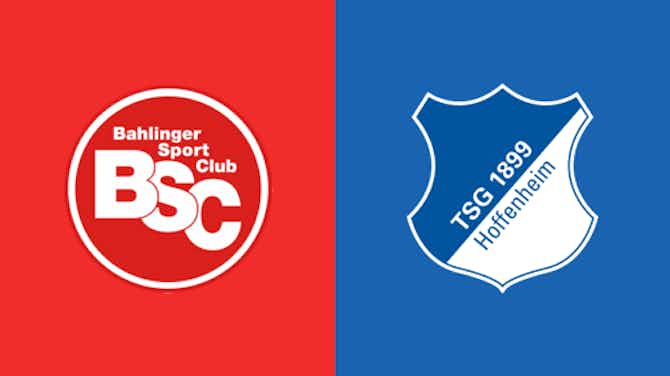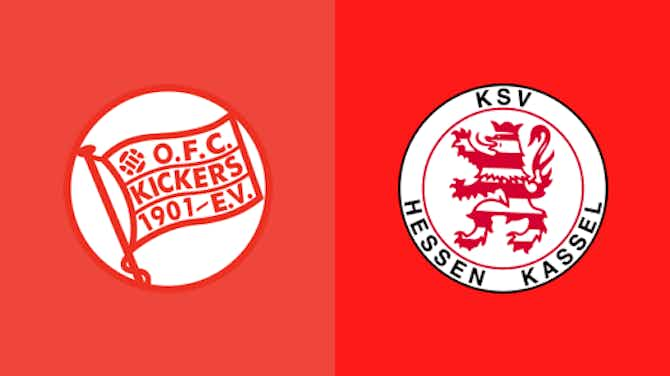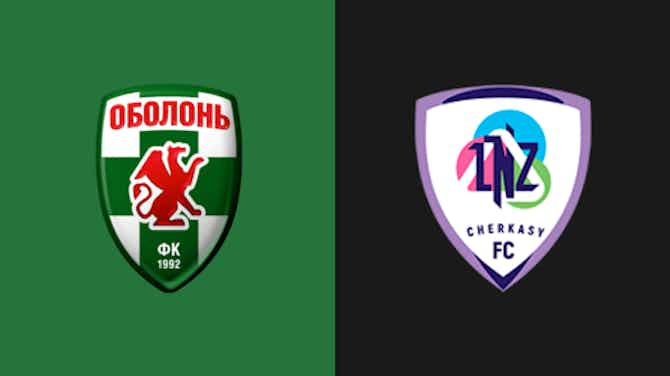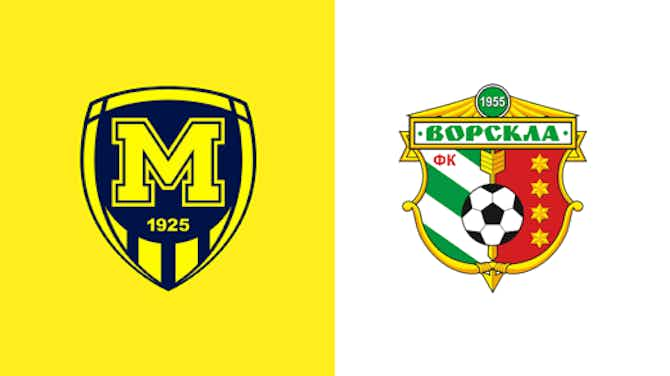Barca Universal
·23 April 2024
Analysing the highs and lows of Barcelona’s 2-3 defeat against Real Madrid
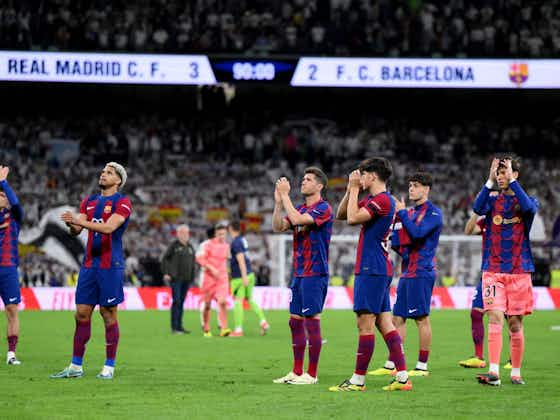
Barca Universal
·23 April 2024

Real Madrid secured a narrow 3-2 victory against Barcelona, but the match was overshadowed by significant controversies and questionable refereeing decisions.
Although Barcelona appeared stronger on paper, they could not secure the win and effectively lost their chance to defend their La Liga title.
Despite setting aside the contentious calls, the match was marred by several glaring mistakes, which are uncommon at this level.
These errors significantly affected the outcome, leaving Barcelona with a defeat in a game they should have won. Let’s explore the reasons behind Barcelona’s loss in this important Clasico match.
In the midfield, Xavi, started with Frenkie de Jong and Ilkay Gundogan facing off against Real Madrid’s duo Toni Kroos and Luka Modric.
However, Xavi had to make adjustments due to de Jong’s injury, bringing in Pedri and Fermin instead, which altered Barcelona’s strategy.
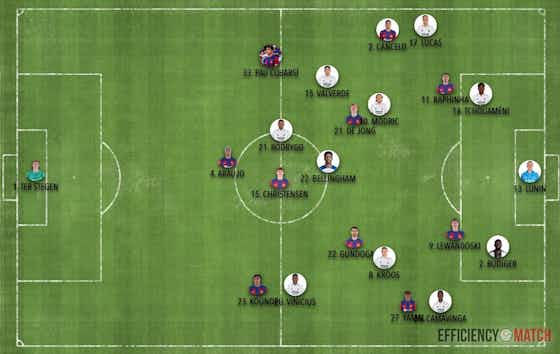
Barcelona’s midfield suffered against Real Madrid.
Due to De Jong’s injury, Xavi had to make some adjustments to the team. At halftime, he brought on Pedri to replace the injured player, and Fermin took over for Andreas Christensen, which led to a reduction in the height advantage.
Later on, Ferran Torres was moved into a false nine role, and Joao Felix shifted to the left-back position.
Barcelona displayed a high-pressing strategy, aligning players across all levels of the pitch.
Robert Lewandowski and Raphinha positioned themselves against Real Madrid’s centre-backs, while Joao Cancelo and Lamine Yamal pressed against the fullbacks.
Barcelona’s midfielders engaged Real Madrid’s midfield, and Christensen focused on marking Jude Bellingham.
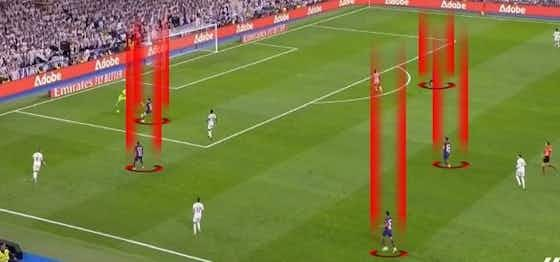
Barcelona played a high-pressing game vs Real Madrid.
This pressing approach helped Barcelona control the first half of the match, with the team making five successful recoveries in Real Madrid’s half within the first 18 minutes. One of these recoveries led to a goal for Barcelona.
Meanwhile, Lewandowski played a significant role in maintaining Barcelona’s offensive threat by dropping deeper into the midfield, creating space for his teammates. As a result, he ended up winning four of the seven duels.
The passing map below explains how deep Lewandowski was against Real Madrid.
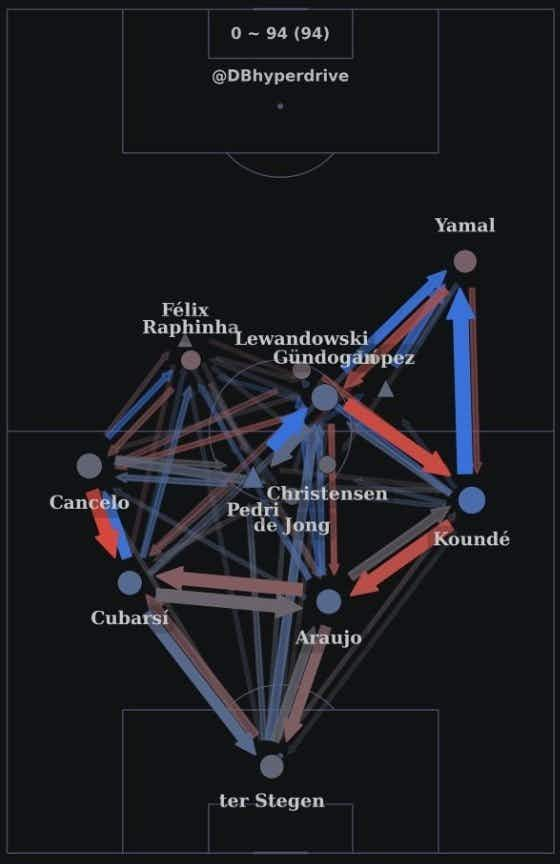
Robert Lewandowski played a deeper role against Real Madrid.
His movements helped the team transition from defence to attack. However, this deeper positioning limited his offensive impact, as he had only two shots and a few crosses.
Cancelo’s defensive positioning was a point of concern for Barcelona throughout the game, as he allowed Real Madrid to equalize by failing to track back effectively.
This mistake mirrored a similar error he made in the Champions League match against Ousmane Dembele Dembele. Cancelo seemed more focused on attack, leaving defensive gaps that Real Madrid exploited.
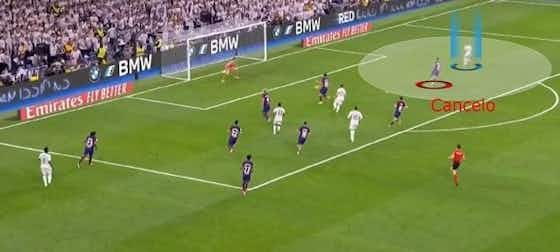
Joao Cancelo failed to track his man.
Yamal had a significant impact on the game against Camavinga by creating opportunities in various ways.
Notably, his performance was not centred around his usual dribbling abilities; instead, he excelled in creating chances from set plays and attacking spaces behind defenders.
Koundé’s frequent passes over Camavinga’s head were not only successful but also a consistent strategy that allowed Barcelona to access Real Madrid’s defensive area.
These breaks combined with precise interventions, including an accurate cross that led to Fermín’s goal.
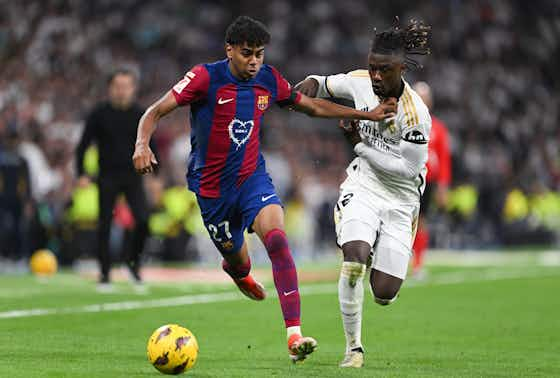
Lamine Yamal was excellent against Eduardo Camavinga. (Photo by David Ramos/Getty Images)
Lamine contributed to the match with 10 dangerous actions in the opponent’s area, making him the most influential player on the field. His stats included 57 touches, a successful 26 out of 32 passes, an assist, and a strong presence in the attacking play.
Barcelona relied heavily on his side of the field, with 47% of their attacks directed through him. Passing maps from the game highlight how the team increasingly focused on utilizing Lamine’s talents from the 51st minute onward.
Xavi’s substitutions seemed to align closely with his strategy, bringing on Fermin, Ferran, and Felix with more than half an hour left in the game.
Of the three, only Fermín made a notable impact. After he came on, he injected verticality into the midfield.
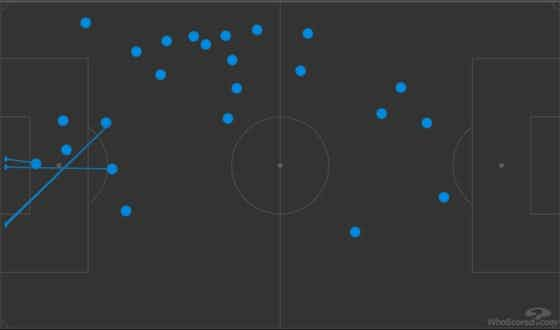
Fermin Lopez’s touch map vs Real Madrid.
The 45 minutes Fermín played were full of energy and high-quality play. He made 24 touches, most of them in threatening areas in the final third of the pitch. He also showed a strong desire to finish plays, with three shots on goal and one score.
Ultimately, Barcelona’s loss can be attributed to individual mistakes and poor management of key moments after scoring. This match serves as a microcosm of Barcelona’s season, highlighting areas where the team could improve to avoid similar losses in the future.
This match serves as a clear representation of the team’s season.


















